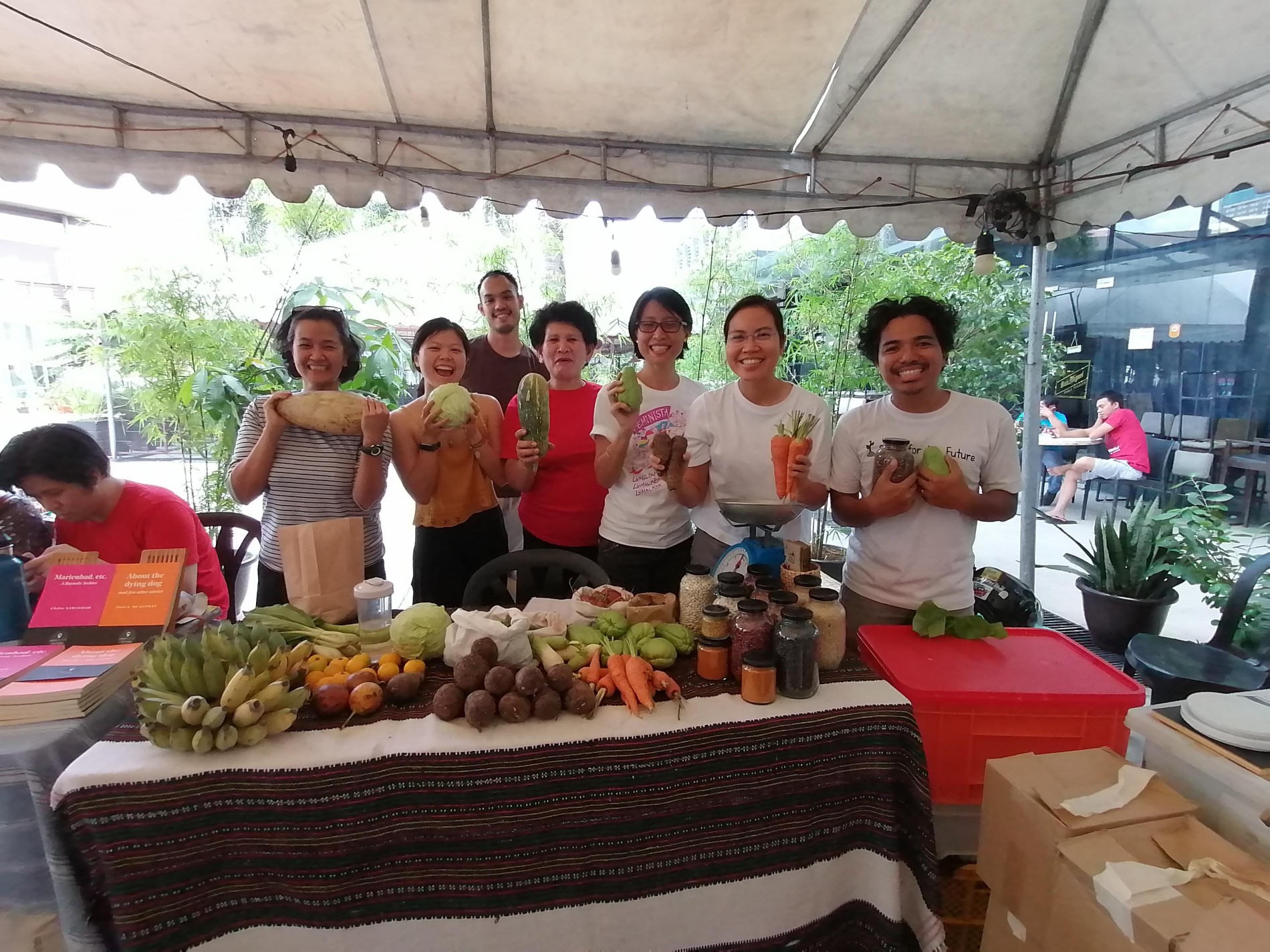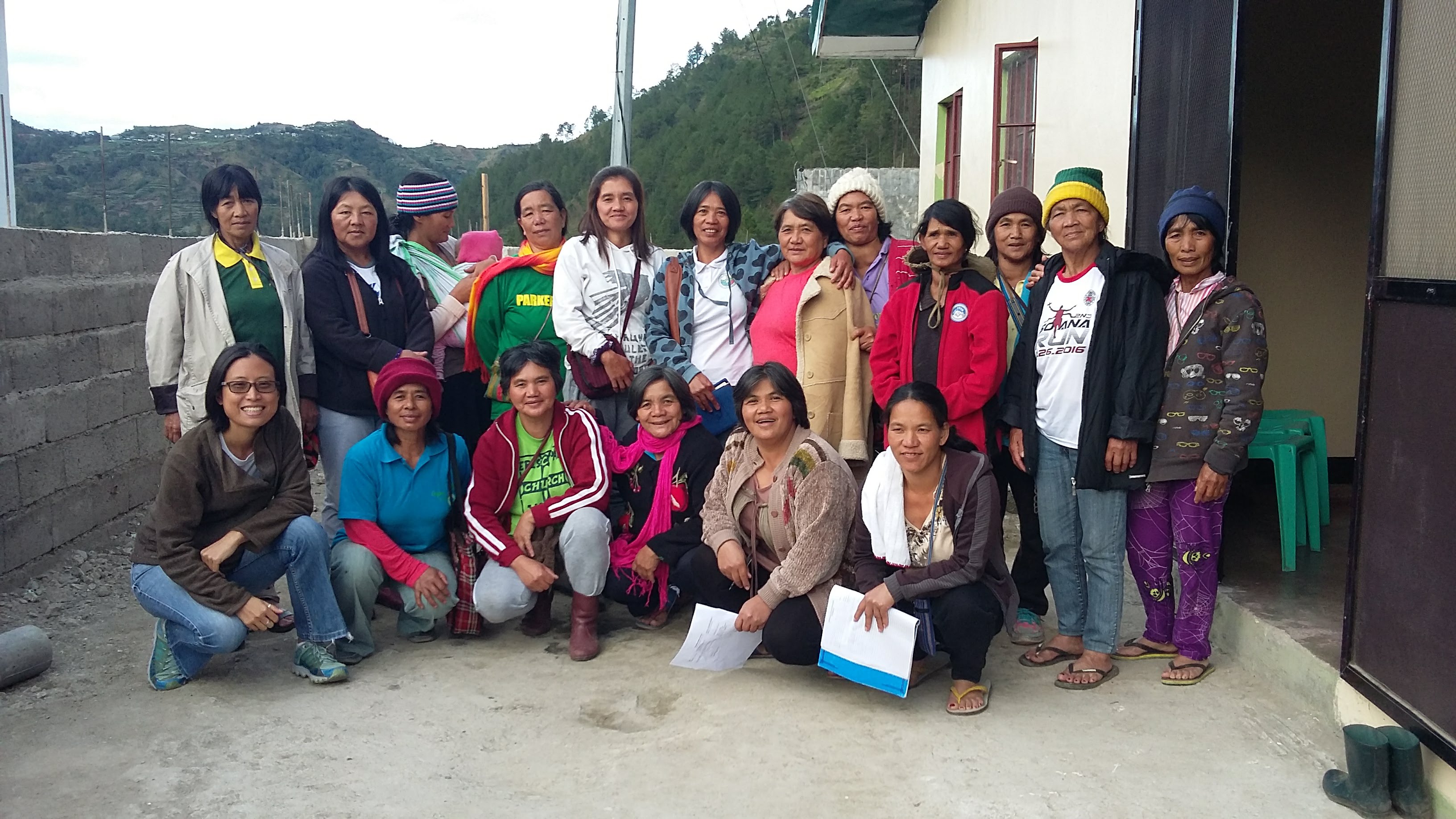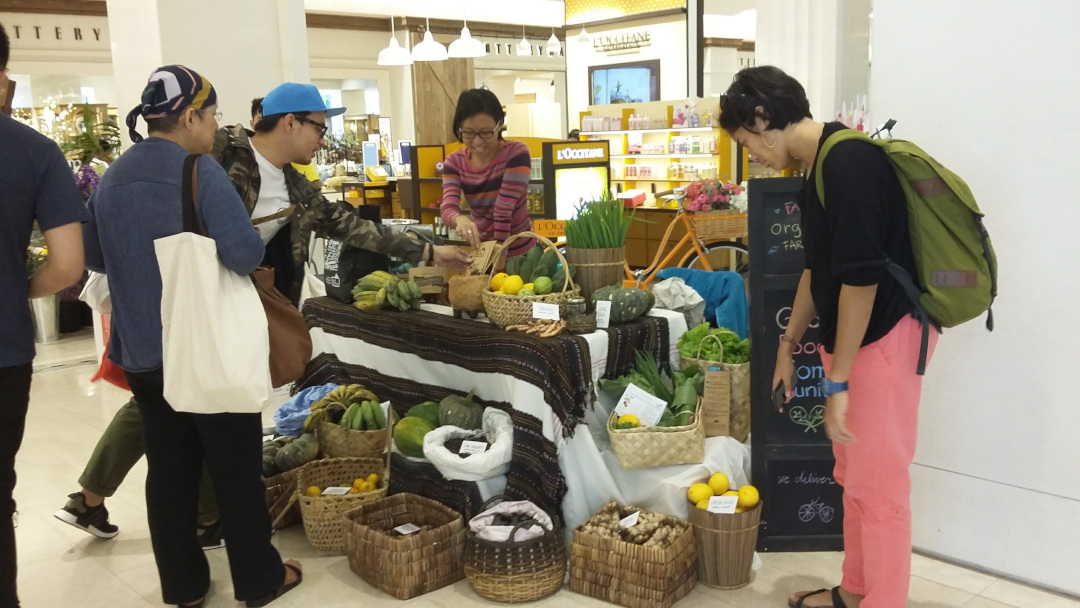
Challenges in Navigating Filipino Gastronomy
By Ysmael Suarez
September 08, 2021
Much has been said in the past weeks about the attempted standardization of adobo by the Department of Trade and Industry (DTI), creating a havoc of hot takes within the local culinary scene and even abroad. Even with DTI’s shift in wording from a “standardized” to a “baseline” recipe, many still doubt the purpose of the initiative and its relevance to the larger discussion on Filipino gastronomy.
In a press release posted in early July, DTI announced its advancing efforts on developing a Philippine National Standard (PNS) for the recipe on adobo and other renowned local dishes. The committee spearheading the effort is comprised of prominent chefs, food writers, academics, food technologists, and other government agencies. The PNS was intended as a benchmark for cooking techniques by means of preserving the cultural identity of Filipino adobo despite its many variations.
When asked about this issue, RJ Ramos of modern Filipino restaurant Lampara quips that he didn’t even take notice of the diatribe against DTI. It was only through discussions with peers and fellow restaurateurs did he hear of the absurdity that is adobo-gate.

“What is it for?” the chef asks about the standardization of the dish. “It’s difficult to standardize something that varies from region to region – even household to household.”
At surface level, RJ thinks DTI has not taken certain perspectives into consideration, believing it’s counterintuitive to create a national standard for a dish where there are a diverse range of identities. “We have a strong regional identity. Because of that, you can’t define a singular item at the national level—and there’s beauty in that.”
Straight from the source
Pinning down on the question of intent, food historian Ige Ramos raises a lot of questions that can arise from DTI’s efforts. He posits that if they want to standardize a recipe, they should begin with the ingredients. “How do we define a Filipino adobo? Should we use a particular cultivar of garlic that's grown in the Philippines? Do we use a particular vinegar that is produced in the Philippines?”

Following DTI’s rationale that these standardized recipes are meant for promotional purposes in the international market, Ige continues: “I think if we want to follow the concept of promoting food, we should also [talk about] ingredients and products that can be brought overseas.” He proposes geographical indicators for our local produce, similar to how certain cheeses and ingredients are regulated in Europe. “For instance, our vinegar should have a geographical indication. A vinegar that has a provenance, let’s say Bulacan, [is] made from Nipa palm, ... bottled and fermented at source, then you sell it overseas,” he elaborated.
Ramos further points out that if standardization is about boosting trade and commerce, then we have to focus on agricultural produce. “If it’s just codifying a recipe, just send [a] cookbook. But if you really want to help our farmers and our economy, you have to grow vegetables.”
Rethinking and reconnecting
“It would be nice if people reconnected with where their food comes from and what produce actually tastes like,” Charlene Tan shares, founder and CEO of Good Food Community. She notes that the country’s biodiversity should be celebrated and the standardization of recipes would be a move against that. Isi Laureano of Traveling Spoon, a food tourism service, echoes Tan’s thoughts: “I think if DTI documented more than standardized, that would be much more favorable for me.” She shared that government efforts would be better focused on recording and showcasing the diversity of adobo recipes, rather than promoting a skewed standard of one.

Like Ramos, Tan suggests it would be better for DTI to focus efforts on the country’s diverse produce through documentation, allowing for information about local ingredients to be available to everyone. “One of our riches as the Philippines is our [diverse] culture and ecosystems. I think that should be preserved,” Tan shared.
Likewise, Laureano’s work in teaching foreigners about Filipino cuisine galvanized her belief that education is vital in shaping Filipino gastronomy. “This is really my passion, my advocacy,” she declares. “I want to educate people that Filipino food doesn’t have to be one thing. Our ingredients give us so much to offer and to talk about.”
Diversifying dialogue
With Tan’s hands-on work with local farmers, she believes the foundation of a culinary identity starts at the source. She expresses that Filipino cuisine should be grounded in our local produce and evolve with it, rather than being a detached concept. “Produce should be the heart and soul of [Filipino] cuisine.”
Tan highlighted how some voices are missing from this discourse - namely, the farming and agricultural sector. Ramos knows of these omissions first-hand. “In all the forums I’ve attended online about adobo, they always had chefs. I don’t see any scientist or farmer in the discourse. ... Culinary [figures are] just one part of it.”

Failing to include farmers in the conversation also concerns Laureano. “I think the agriculture sector should have a say on how we eat and drink.” Tan added farmers provide valuable knowledge that only their lived experience can provide, such as nuances on harvesting, the stages of growth, and varieties in ingredients. Their exclusion, Tan shares, “speaks to the disconnect people have on where or how their food is grown.”
The issue on the true identity of Filipino gastronomy is one with many layers with crucial aspects overlooked in the furor - namely, the source of produce, who harvests it, and how they are making ends meet. As Laureano emphasizes: “I think everybody should have a say, especially the ones who are really working hard.”



